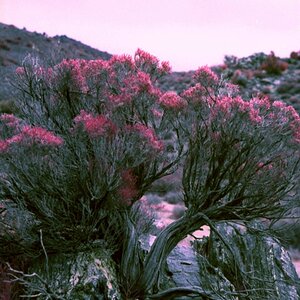MichaelRyanSD
TPF Noob!
- Joined
- Dec 28, 2007
- Messages
- 12
- Reaction score
- 2
- Can others edit my Photos
- Photos OK to edit
I realize given all the possibilities that the answer is no, but hypothetically, all other things being equal, should the ISO be the last thing I adjust to allow the light in. Maybe a better way to ask, should ISO be the last thing I go to to get the right exposure for the shot?


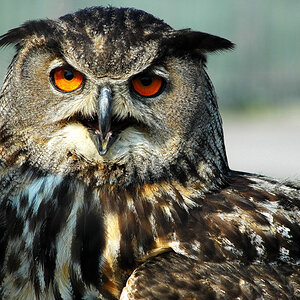
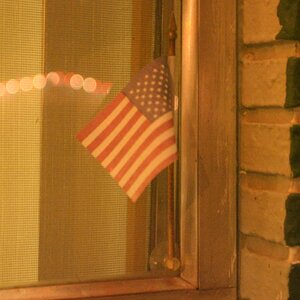

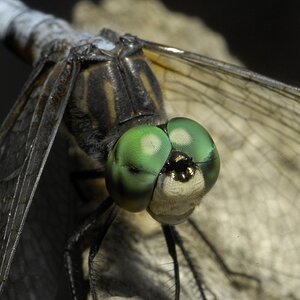
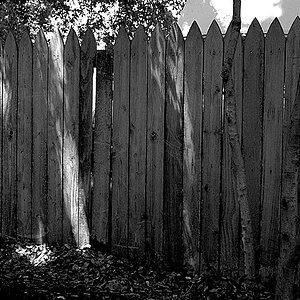
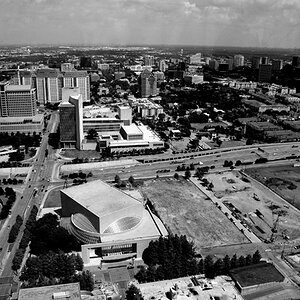
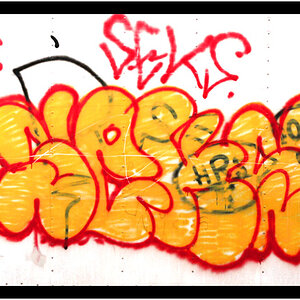
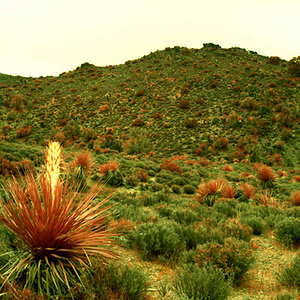
![[No title]](/data/xfmg/thumbnail/37/37492-bafc92488a1ab17e4ca6603ee5b38376.jpg?1619738112)
